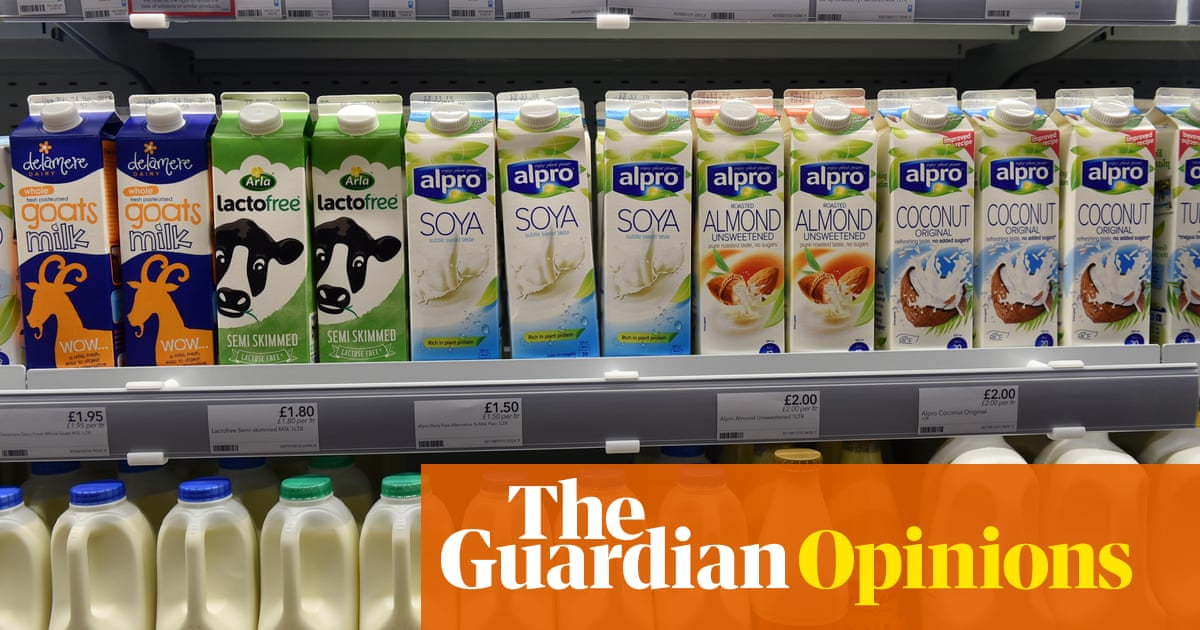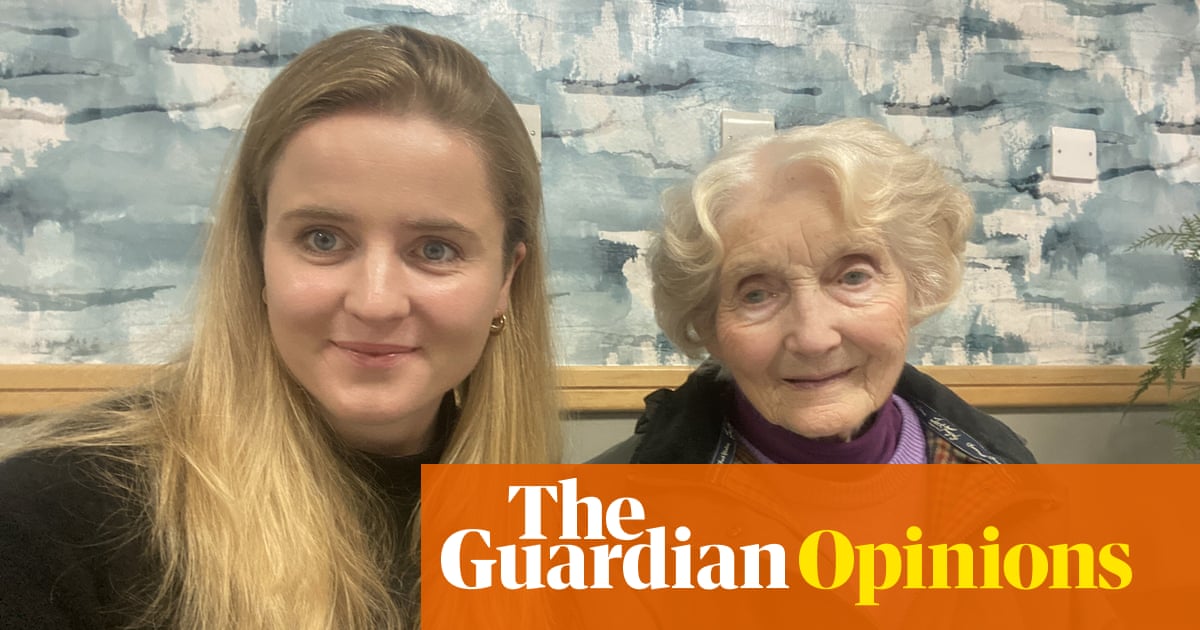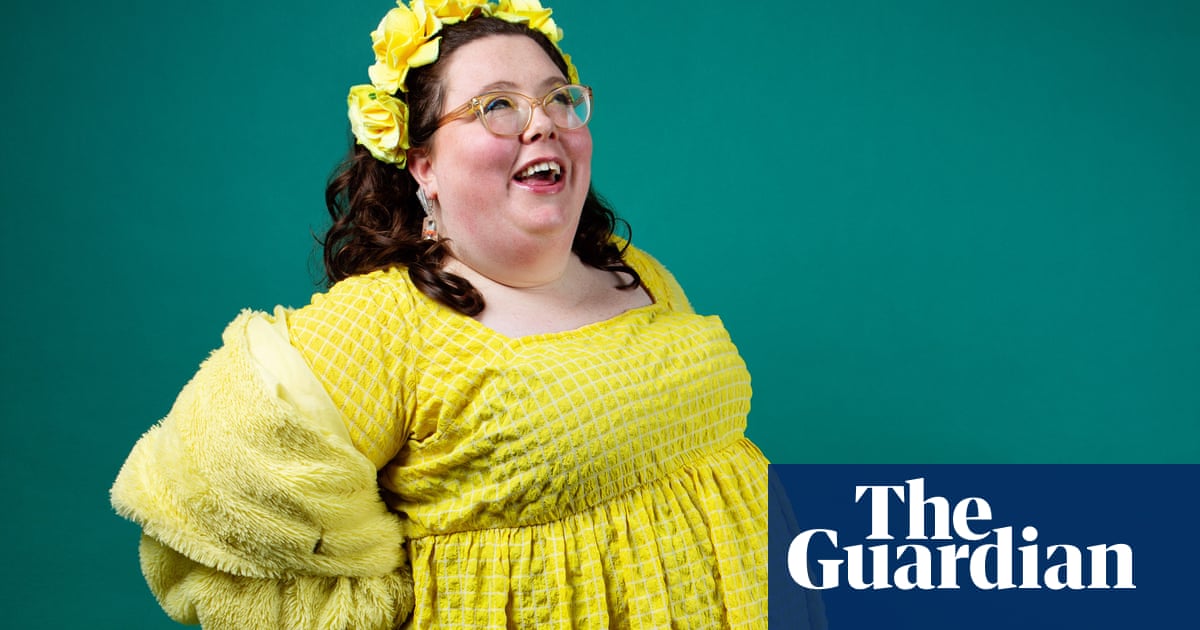
Dialling 999 as my baby’s face swelled to unrecognisable proportions was not how I had hoped our early days of weaning would go. The telltale signs of allergy had plagued my daughter since she was a newborn: the “colic”; the eczema that weeped and crusted despite the cocktail of steroid creams; the hives that erupted at random across her tiny face and eyes. I knew as I mixed peanut butter into her breakfast that morning there was a possibility that things could be about to go sideways. But what I didn’t know was just how much our lives were about to change.
Discovering she was severely allergic to peanuts when she was six months old was just the first piece of the puzzle. By the time she was crawling, we knew she was allergic to dairy, soya, egg, tree nuts, avocado and kiwi, too, along with a handful of other more obscure foods. Those with experience of parenting allergic children will know what I mean when I say it’s almost broken me. The stress is undoubtedly compounded by the financial burden that comes with keeping them safe, which largely goes unrecognised.
A recent study by Queen’s University Belfast found that people with food allergies spend an extra £1,400 a year due to their conditions. “Food allergy is a costly condition, to those who live with it, and the multiple stakeholders with which they interact,” wrote the authors of another 2022 study.
UK food price rises soared at a record rate in December, and those affecting alternative milks, vegan yoghurts and cheeses, and gluten-free items have been particularly dramatic, according to a recent survey by the Allergy Team. Between March 2021 and June 2022, Alpro Junior Growing Up Soya Drink increased in price from £1.08 to £1.70 at Tesco, a rise of 57%; while two pints of semi-skimmed cow’s milk rose from 80p to 99p during the same period – by 24%. In Sainsbury’s during the same period, a loaf of Genius gluten-free soft white bread rose from £2 to £2.90, compared with an ordinary white loaf, which increased from 55p to 65p. Some 70% of parents surveyed said they had seen prices rise for the foods they relied on to keep their children safe. For families shopping for highly restrictive diets, many have no choice but to find the cash for expensive free-from products, or simply go without.
Why is going without so dangerous? Alternative and “free-from” products are often fortified with vitamins D and B12, and calcium, to replace vital nutrients the children won’t get from the milk, cheese, nuts or fruit they’re allergic to. “Parents know that when you’ve got a child with allergies, you need to be making sure their meals are nutritionally sound, particularly when you start excluding more than one food group,” says paediatric dietitian Lucy Upton, who runs The Children’s Dietitian and has already seen an “escalation” over the past six months of parents making drastic cuts in order to be able to afford the most nutritious “free-from” brands. One mother of three children with allergies tells me that her and her partner “are probably eating less than we should” in order to pay for safe foods for their children. The cost of living crisis has increased her family’s food bills by 30%. In a worst-case scenario, families who are priced out of these products could see their children’s nutritional status, growth, brain development and milestones at risk, says Upton.
All new parents can tell you that feeding a toddler is a trial at the best of times, but trying to feed an allergic toddler when the stakes are this high could be considered a form of torture. After an eight-month wait, an NHS dietitian helped me figure out how best to feed my daughter. Not all milk substitutes are made equal, I have learned, and now we buy a brand of oat milk that is high in calories and fortified vitamins. But it is also £1.50 a litre – £2 at my local supermarket, much pricier than supermarket own brands, and more than double the price of cow’s milk at roughly 70p a litre.
Having access to an NHS allergy service allows the professionals to problem-solve to find the cheapest, most nutritious products for a family’s budget. But some parents are facing waiting lists for an allergy clinic appointment of almost two years, says Upton. “You can’t bumble along for that long in the dark,” she says, adding that many parents, in desperation, are turning to the private sector, despite the high costs.
Eating in our formative years sets the tone for our relationship with food for years to come, which is why pleasure, fun and exposure to different colours and textures are so important for children. When my daughter attends other children’s birthday parties, I always bring cake and snacks that she can eat, even if such allergy-friendly foods are very expensive to buy or bake. For many families with allergic children, eating can no longer extend further than meeting their most basic nutritional requirements. Is it really so extravagant to expect more?
More than 40% of British adults now suffer from at least one allergy, with figures on the rise. Rates of paediatric allergy are growing at an alarming rate, along with incidences of serious food allergy. If it can happen to my family, it can happen to yours. “This new generation appears less likely to outgrow food allergy than their predecessors, with long-term implications for disease burden,” wrote the authors of a recent paper.
We are staring down the barrel of an allergy epidemic that has gone unrecognised by government for too long. If investing in NHS allergy services looks too much like Nero fiddling while Rome burns, then now is the time to think creatively on realistic solutions, such as subsidising “free-from” products, offering specific food vouchers to families with allergies, increasing access to food prescriptions, and overhauling our food labelling legislation, which is woefully unfit for purpose. As food prices steadily climb, the cost of doing nothing is only getting higher.
Lucy Pasha-Robinson is a writer and commissioning editor












